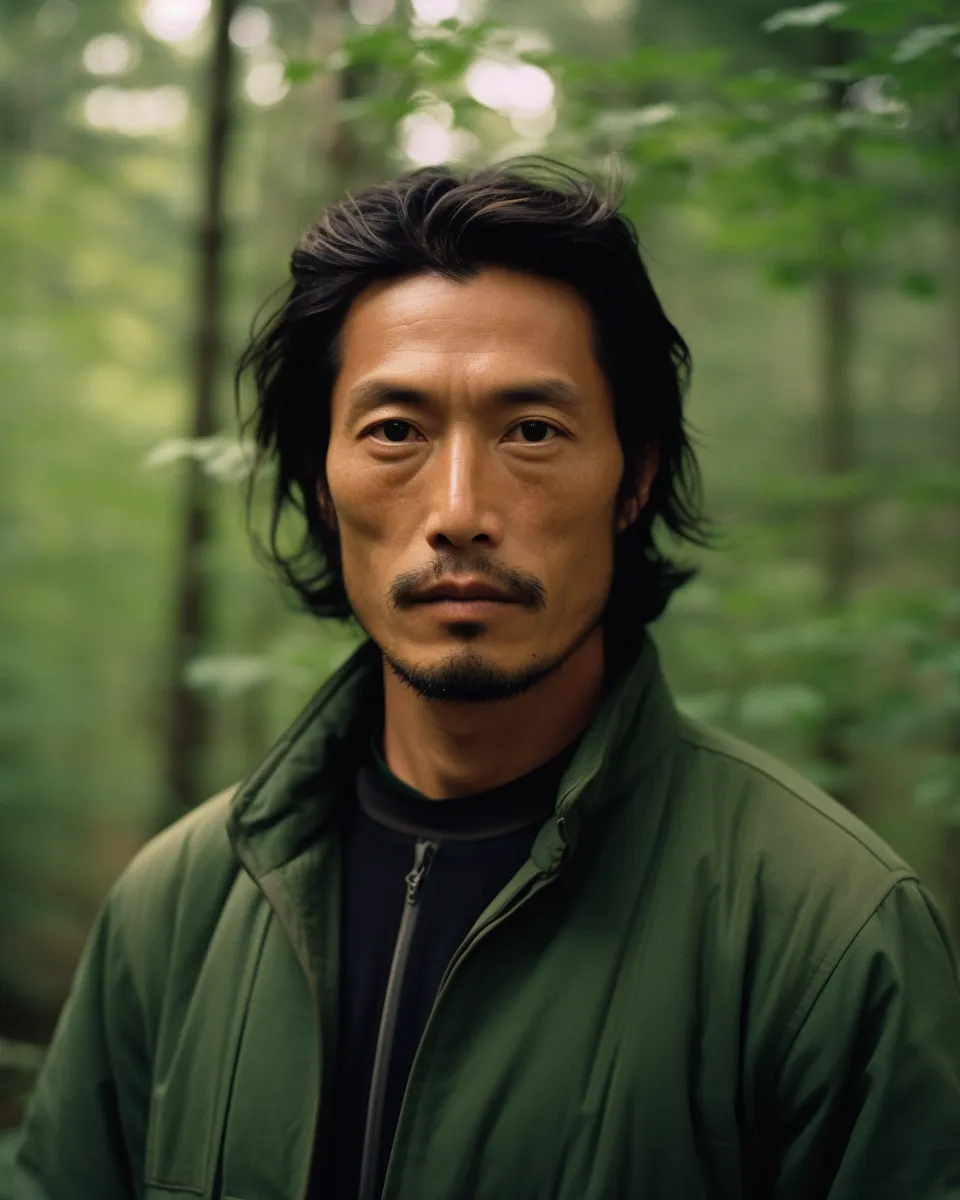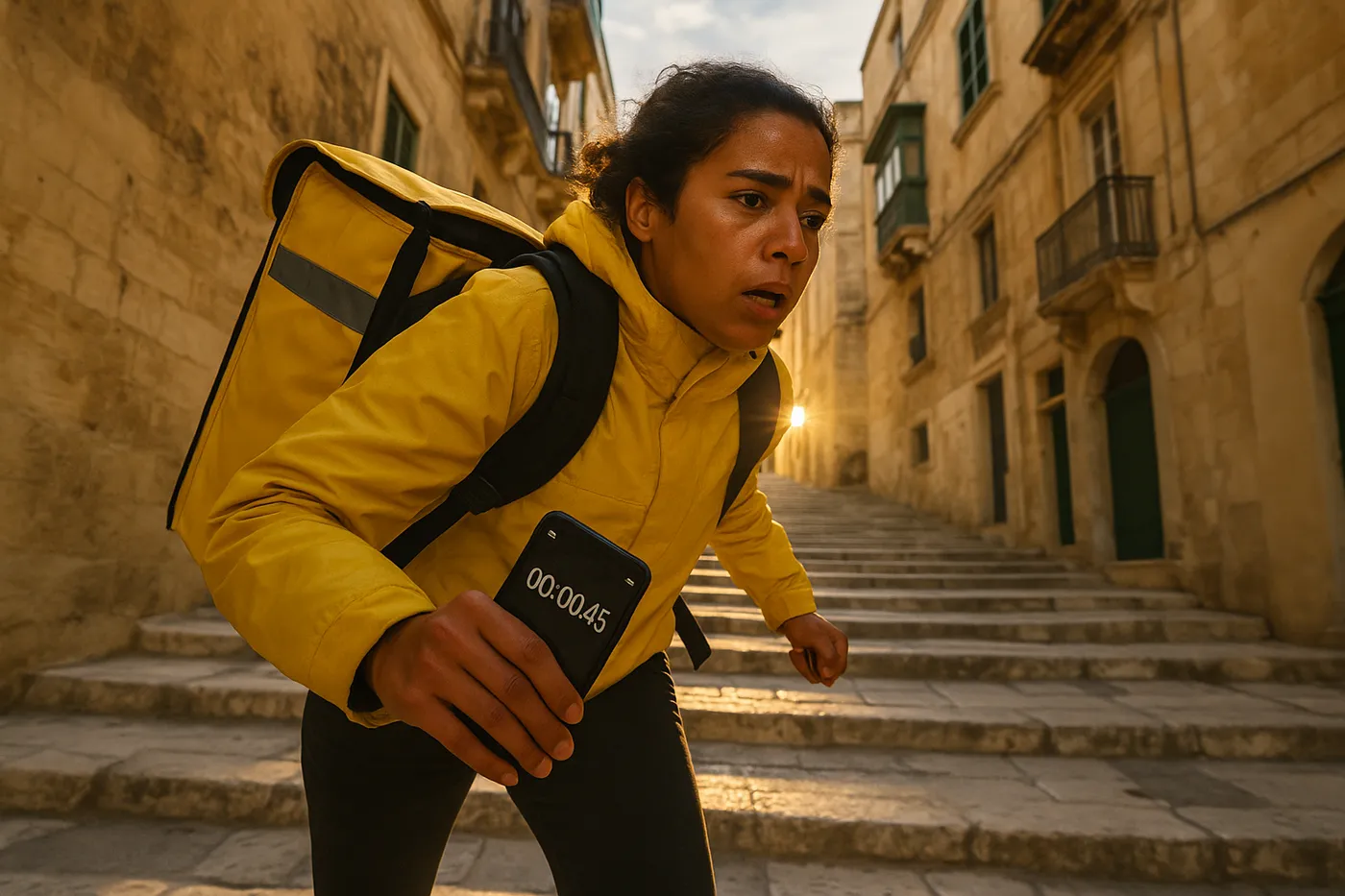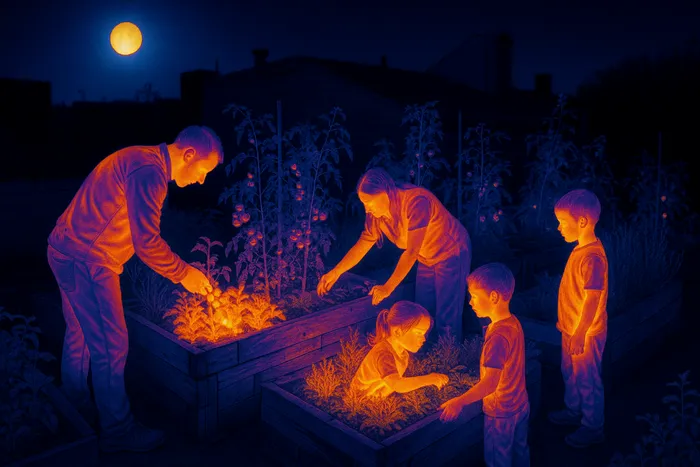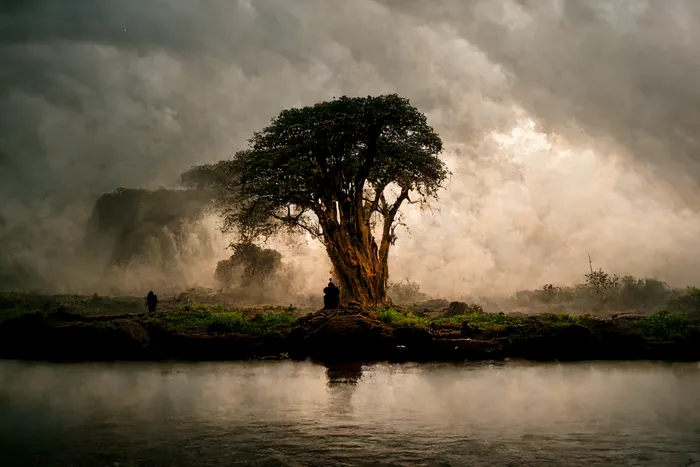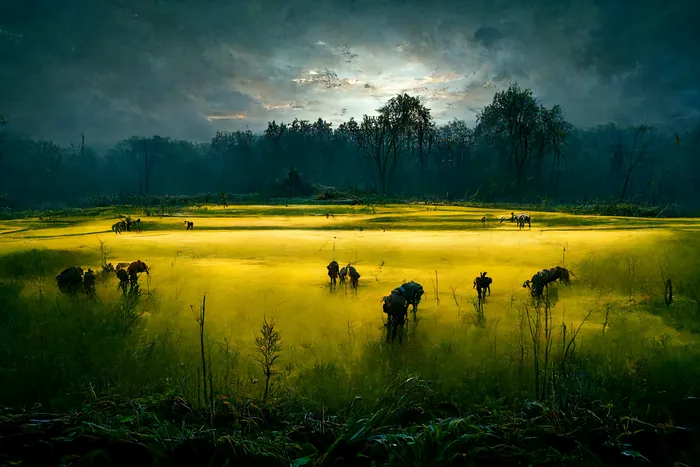Series Statement
"Harmonizing Technology: Rescuing Endangered Echoes," led by Makoto Suzuki from Japan, reinvents the narrative of wildlife conservation through the lens of technological intervention. In a time when the synergy of man, nature, and machine is not just a novelty but a necessity, Makoto's project focuses on the harmony possible between these often conflicting elements.
Amid the relentless drumming of the human desire for progress, technology emerges as an unconventional hero in this deeply intimate narrative of wildlife conservation. Makoto intertwines the precise language of technology with the unpredictable rhythms of nature to generate a common thread: how our creations can assist in saving creations beyond ourselves. Drones are not merely machines here, but the eyes in the sky for park rangers. Tracking collars are not just electronic devices, but lifelines extending our reach to protect the lives that can't cry for help.
In this thrilling photojournalism project, Makoto also pays homage to the individuals who breathe life into this technology, the humans behind the machines who dedicate their lives to the pursuit of preservation. These intimate portraits compel us to consider our own role and responsibility in this collective endeavor.
Image Captions
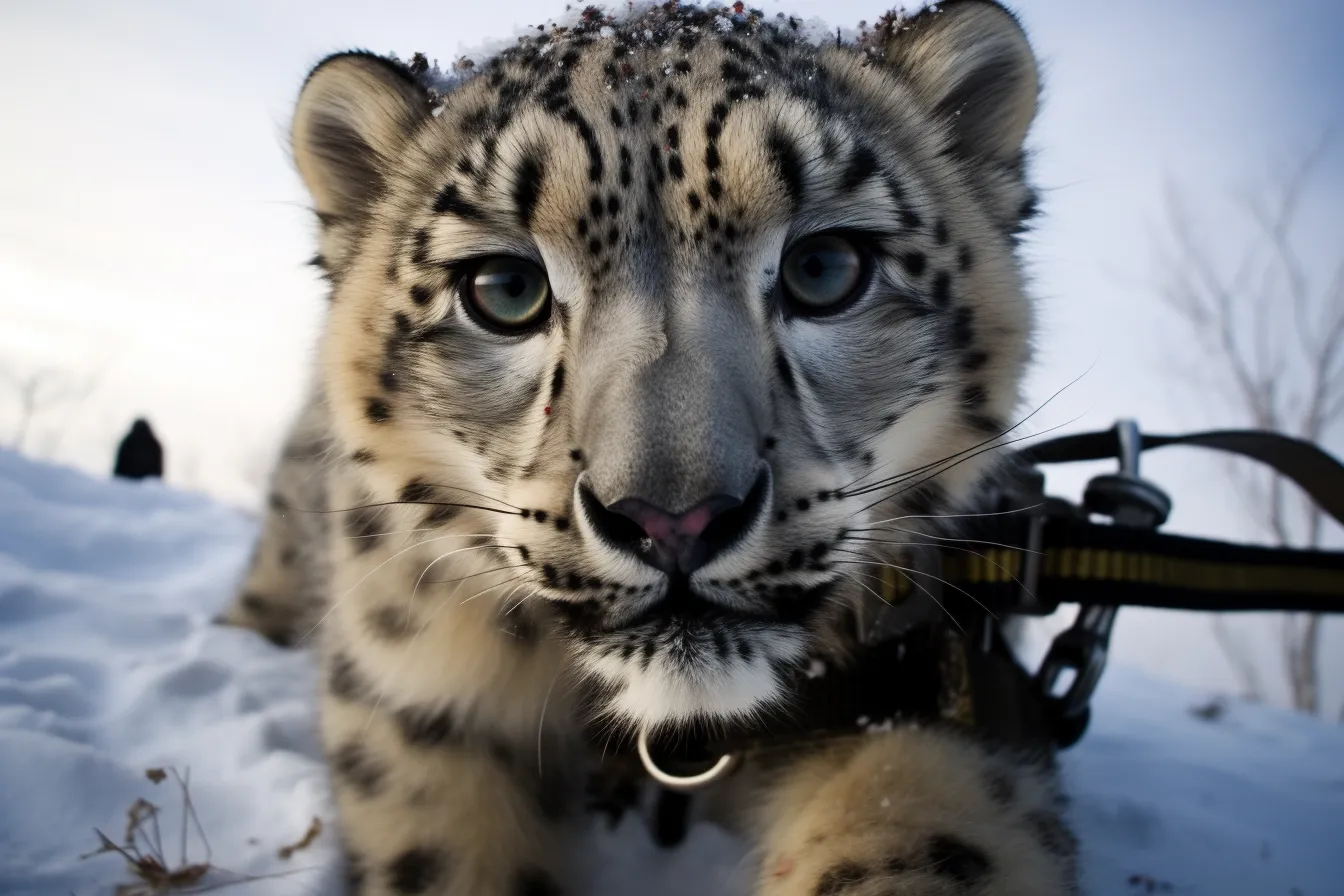
"Eye in the Sky" The first photograph captures a drone being launched into a breathtakingly expansive sky by a park ranger, the sun low and casting long shadows. The dynamic upward motion of the drone is accentuated by the low-angle shot, emphasizing the scale of the mission.
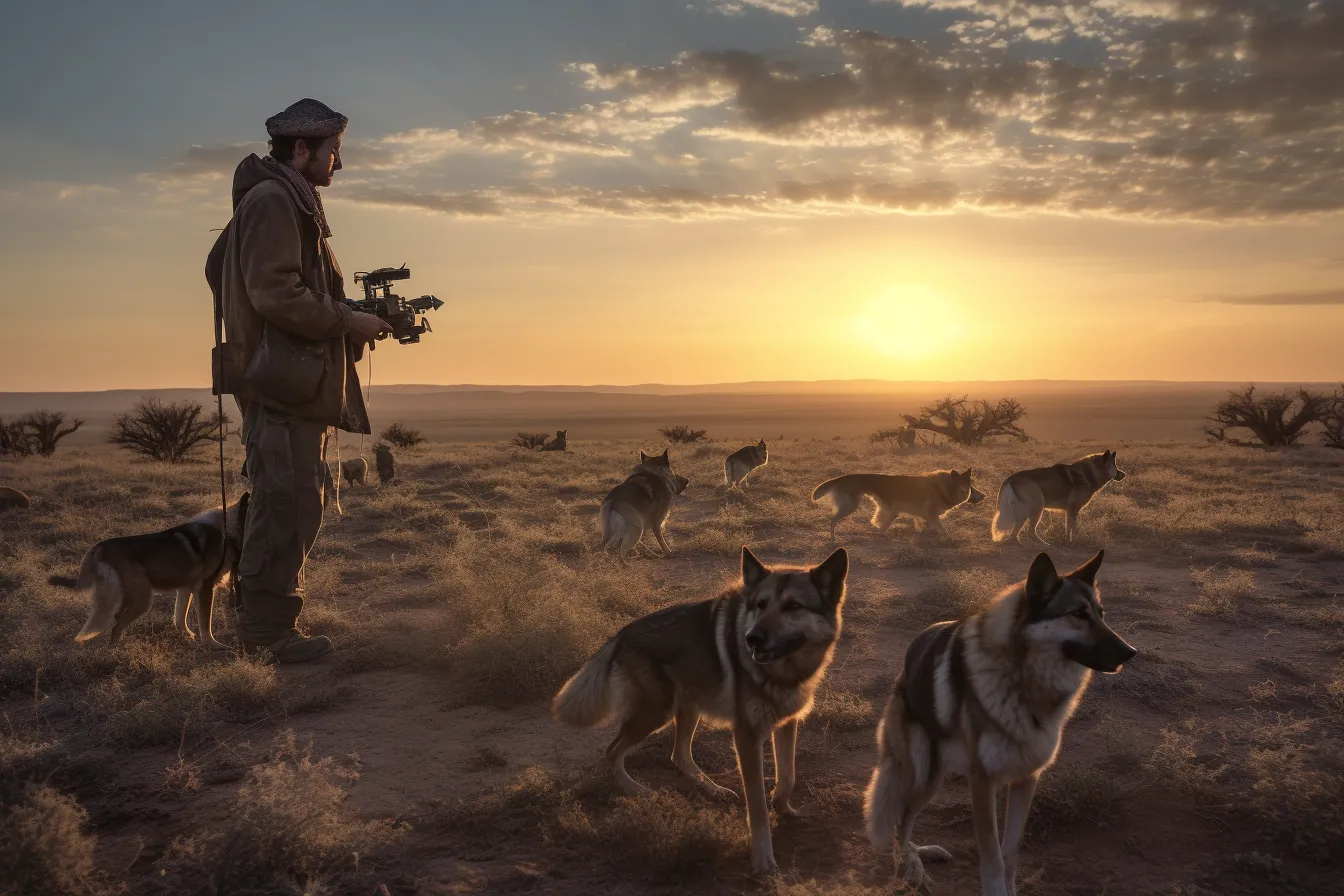
"The Lifeline" A close-up shot of a tracking collar being fixed onto an endangered snow leopard, its piercing blue eyes directly meeting the camera. The composition accentuates the contrast between the cold metal of the collar and the soft fur, symbolizing the uneasy union of technology and wildlife.
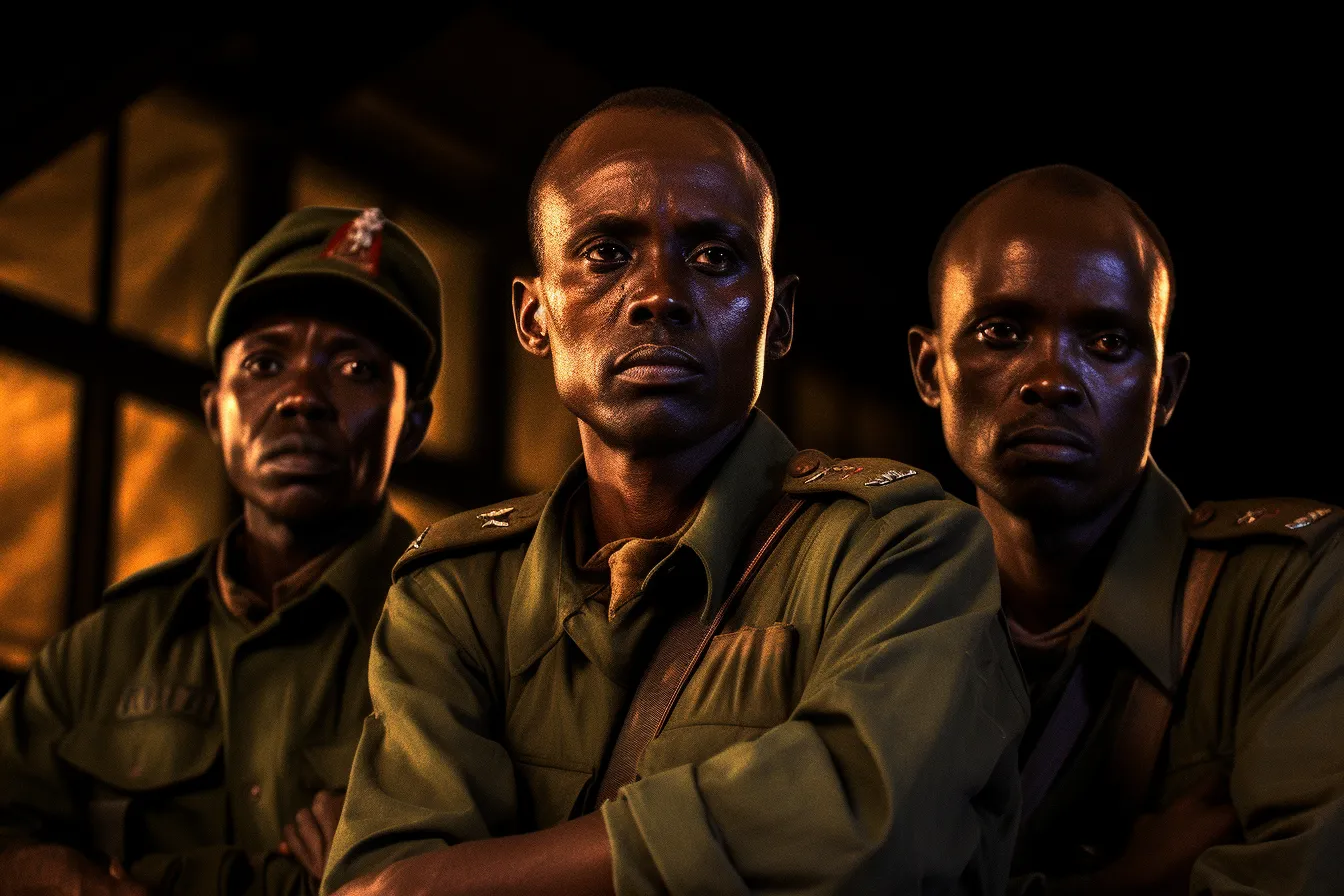
"Whispers of the Wild" An infrared camera is seen capturing the movement of a herd of elephants at night, their bodies glowing against the dark. The clever use of natural moonlight and infrared technology creates an eerie, otherworldly atmosphere, enhancing the viewer's sense of intrusion into a private world.
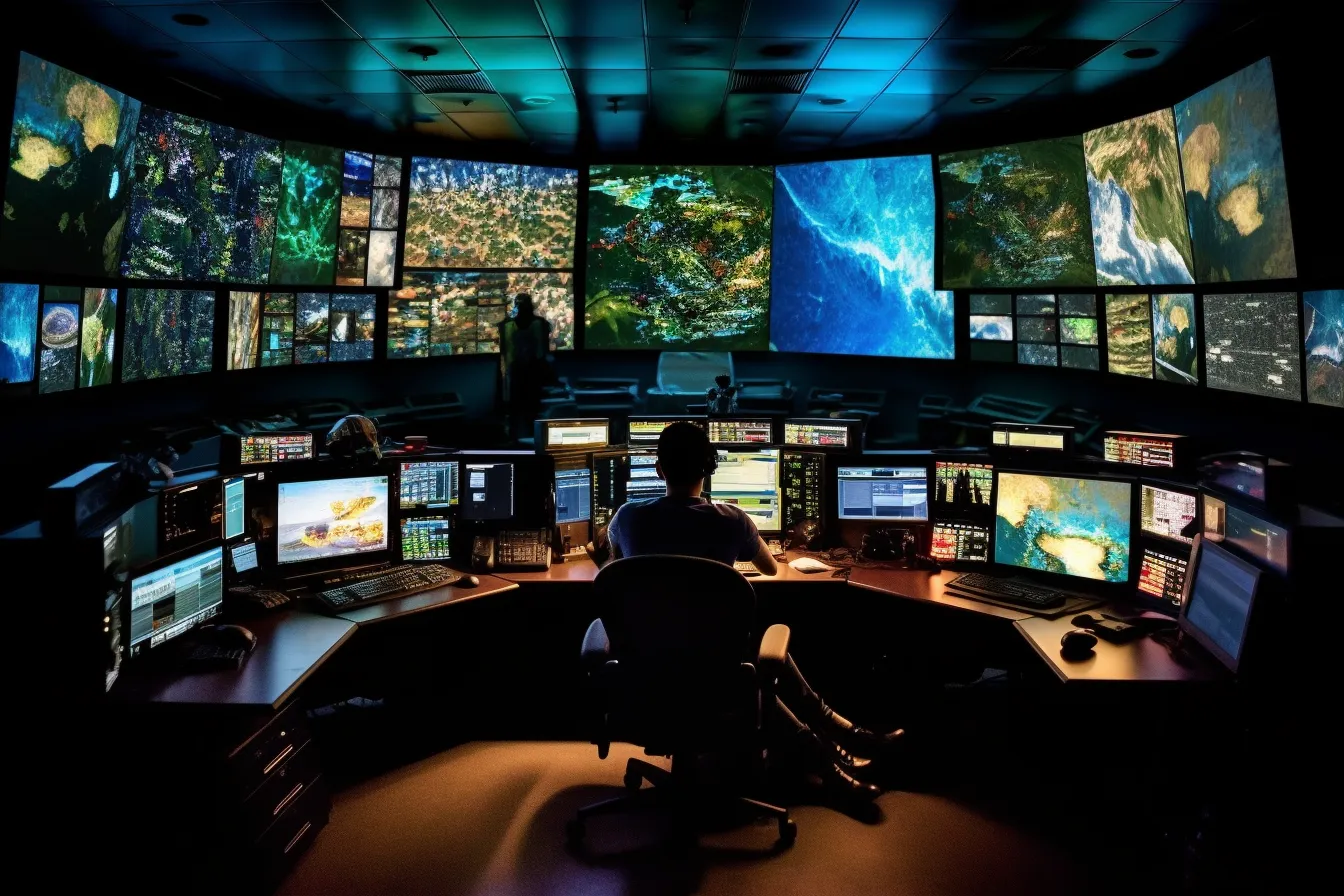
"Command Center" A wide-angle shot of a control room where rangers monitor the various technological devices deployed in the field. Screens glow in the semi-darkness, maps are spread out, and the intensity of focus is palpable, conveying the sheer magnitude of the task at hand.
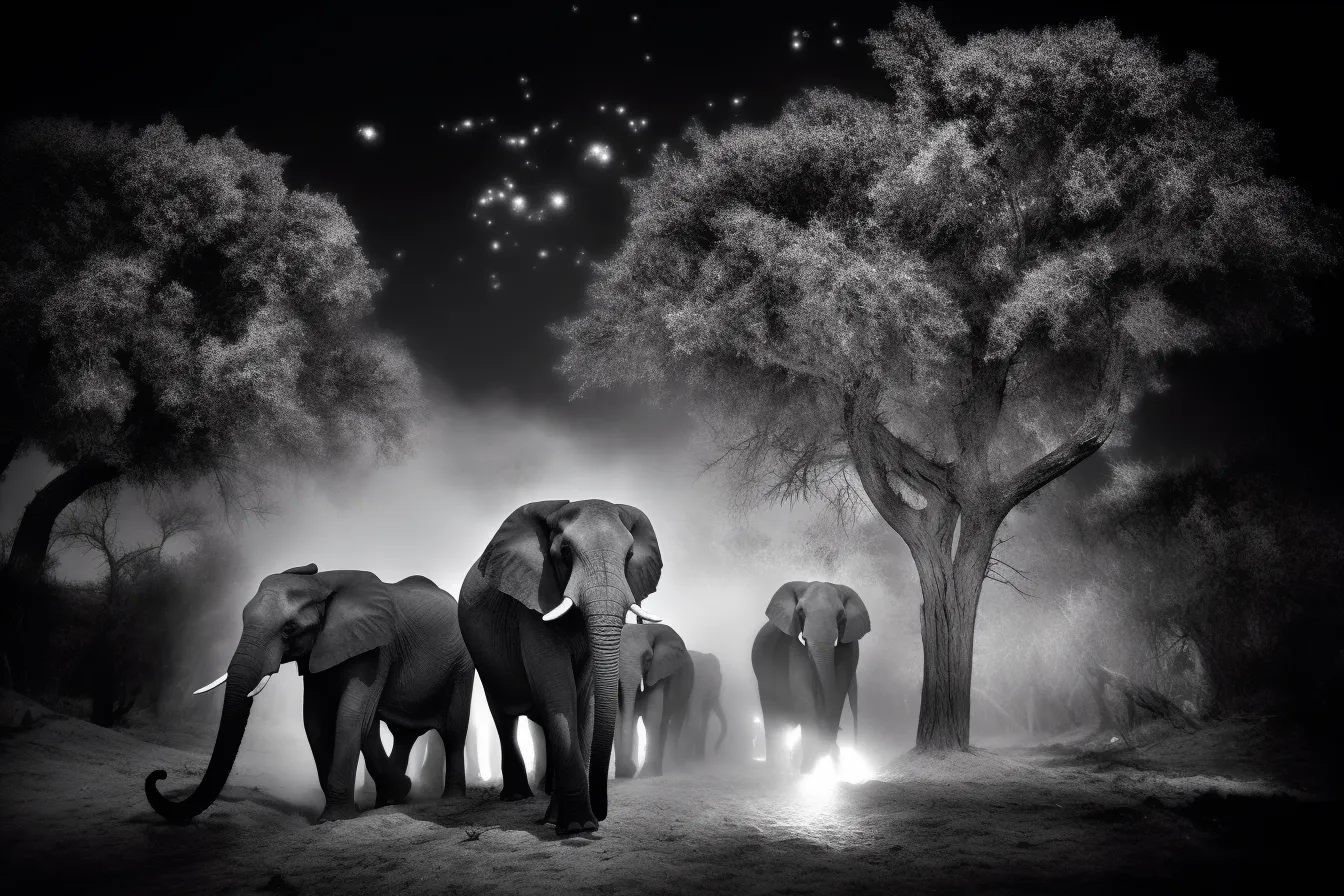
"Protectors of Progress" A portrait of a group of rangers, their faces illuminated by the soft glow from a computer screen. Their expressions are a mix of determination and hope. The shot, taken from a slightly lower perspective, paints them as heroes under the weight of their mission.
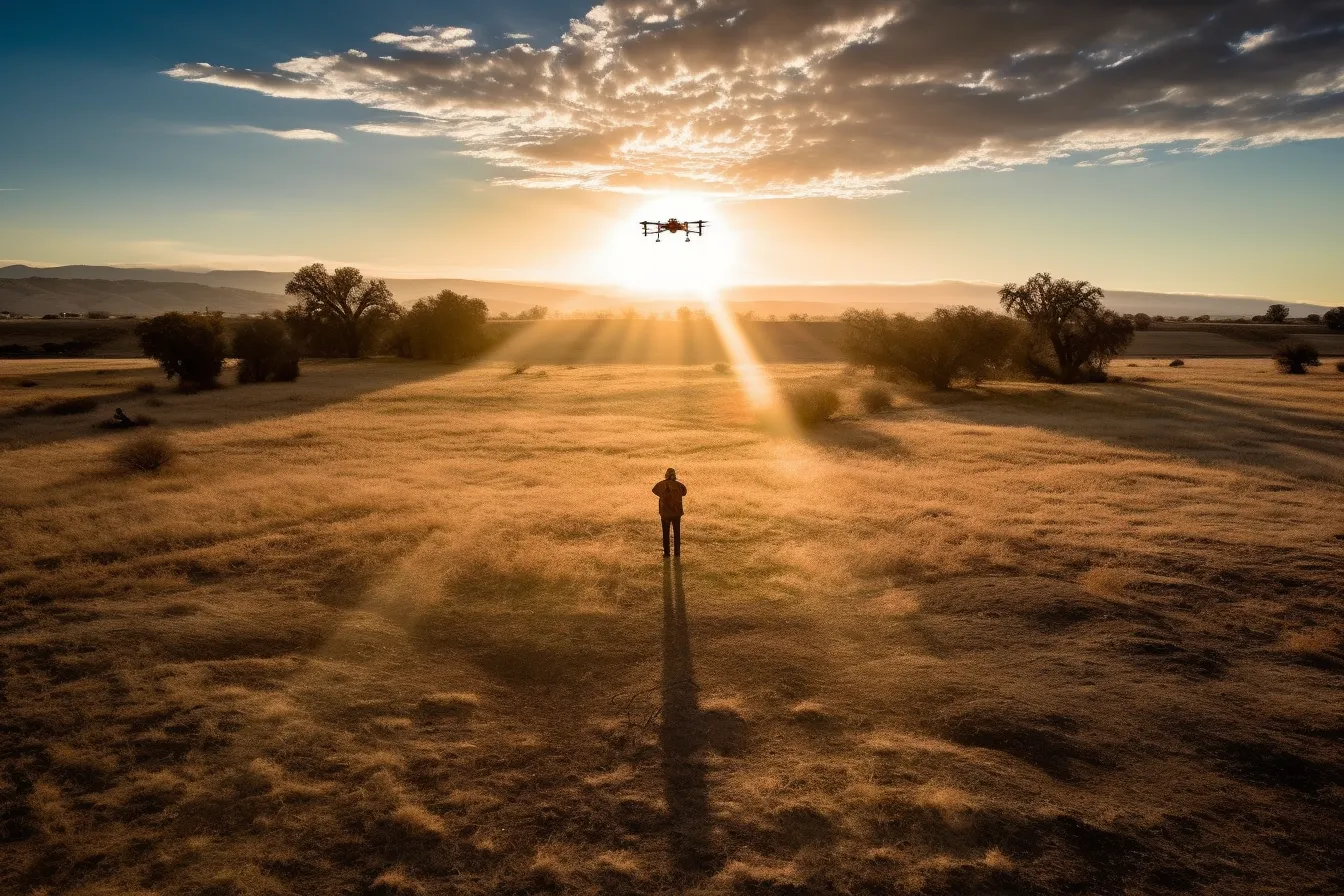
"Harmony" The final image captures a tranquil moment where a ranger, in the foreground, observes a pack of wolves through binoculars, a drone hovering subtly in the distance. The evening light gently floods the scene, encapsulating the harmonious coexistence of man, machine, and nature.

